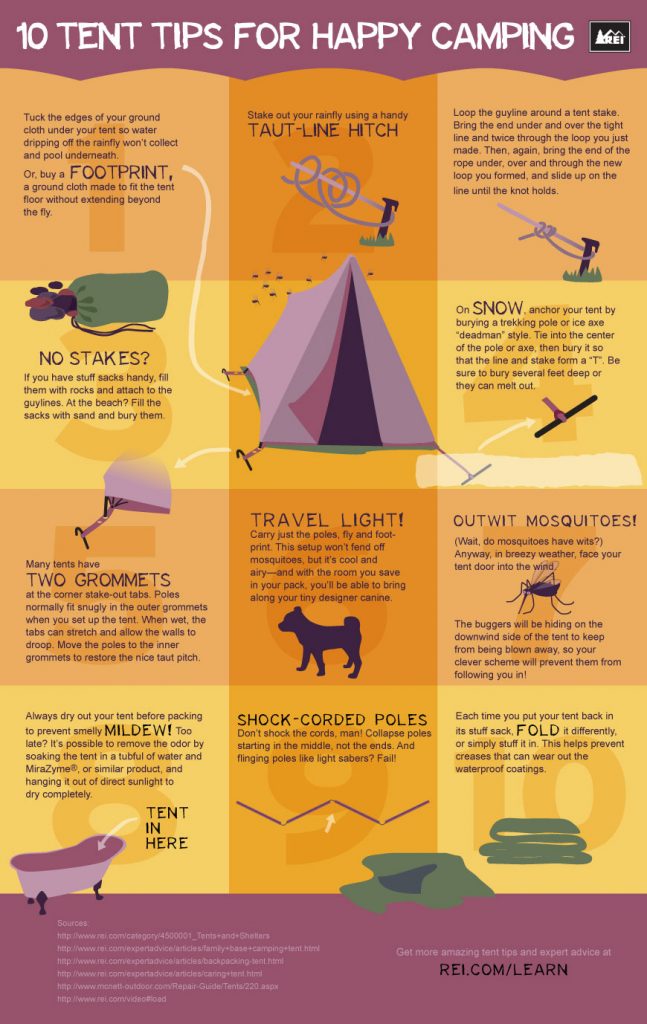Winter season camping is an enjoyable and adventurous experience, yet it requires correct gear to guarantee you stay cozy. You'll need a close-fitting base layer to catch your body heat, along with a protecting jacket and a water resistant shell.
You'll likewise need snow stakes (or deadman anchors) buried in the snow. These can be linked making use of Bob's brilliant knot or a normal taut-line drawback.
Pitch Your Camping tent
Wintertime camping can be a fun and adventurous experience. Nonetheless, it is very important to have the proper equipment and recognize exactly how to pitch your camping tent in snow. This will prevent cold injuries like frostbite and hypothermia. It is additionally vital to consume well and stay hydrated.
When setting up camp, see to it to select a site that is sheltered from the wind and free of avalanche threat. It is additionally a great idea to load down the location around your camping tent, as this will help in reducing sinking from temperature.
Before you set up your outdoor tents, dig pits with the very same size as each of the anchor factors (groundsheet rings and person lines) in the facility of the tent. Load these pits with sand, rocks or even things sacks full of snow to small and secure the ground. You might likewise want to consider a dead-man support, which includes tying outdoor tents lines to sticks of wood that are buried in the snow.
Load Down the Area Around Your Outdoor tents
Although not a requirement in many locations, snow risks (also called deadman supports) are an exceptional addition to your outdoor tents pitching set when camping in deep or pressed snow. They are essentially sticks that are designed to be hidden in the snow, where they will ice up and produce a solid anchor factor. For best outcomes, use a clover drawback knot on the top of the stick and bury it in a couple of inches of snow or sand.
Set Up Your Tent
If you're camping in snow, it is an excellent idea to make use of a camping tent designed for wintertime backpacking. 3-season tents function fine if you are making camp listed below timberline and not anticipating particularly harsh weather condition, but 4-season camping tents have sturdier posts and fabrics and use more security from wind and heavy snowfall.
Make sure to bring adequate insulation for your resting bag and a cozy, dry blow up floor covering to sleep on. Inflatable floor coverings are much warmer than foam and help protect against cold places in your tent. You can likewise add an additional mat for resting or food preparation.
It's likewise an excellent idea to establish your outdoor tents near to an all-natural wind block, such as a group of trees. This will certainly make your camp extra comfortable. If you can not find a windbreak, you can produce your very own by digging openings and hiding items, such as rocks, outdoor cotton canvas tents stakes, or "dead man" supports (old outdoor tents man lines) with a shovel.
Restrain Your Outdoor tents
Snow stakes aren't necessary if you utilize the right strategies to secure your tent. Buried sticks (perhaps accumulated on your approach hike) and ski poles function well, as does some version of a "deadman" buried in the snow. (The concept is to produce a support that is so solid you will not be able to pull it up, despite a great deal of initiative.) Some producers make specialized dead-man supports, yet I prefer the simplicity of a taut-line hitch connected to a stick and after that hidden in the snow.
Recognize the surface around your camp, especially if there is avalanche danger. A branch that falls on your camping tent can harm it or, at worst, injure you. Also be wary of pitching your camping tent on a slope, which can trap wind and cause collapse. A protected location with a reduced ridge or hillside is much better than a steep gully.
